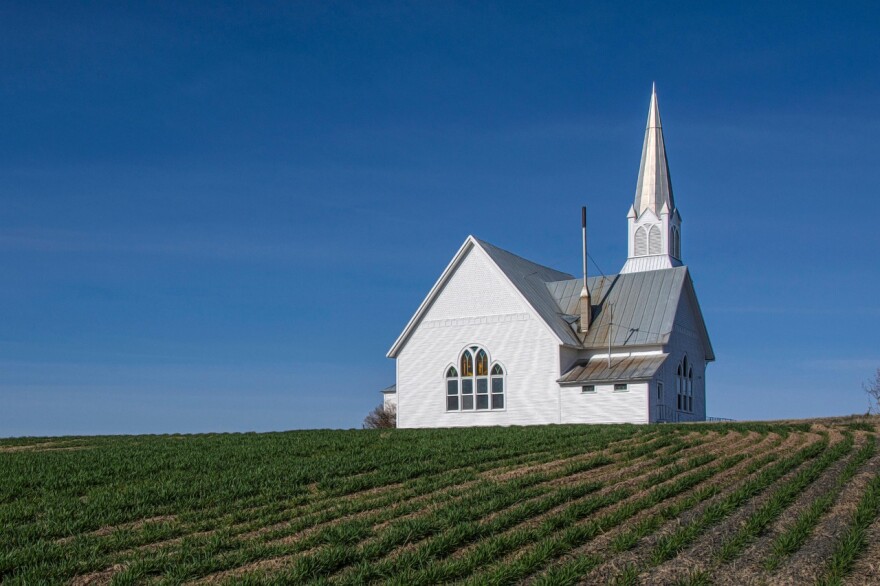The political divide between rural and urban America has grown into a vast chasm with frightening consequences for fostering a united United States.
According to work by political scientists Suzanne Mettler and Trevor Brown, this divide is a recent phenomenon that has developed over the last three decades.
The deep political divide between rural and urban America did not exist for most of the 20th century. For decades, rural and urban Americans voted, in the words of Mettler, “almost in lock step.” As recently as the 1992 presidential election, the gap in voting between the two groups was a mere two percentage points. By a recent presidential election, that gap exploded to a staggering 20 points.
In the 1980s and early 90s, rural places were actually more likely to send Democrats to Congress than Republicans. Franklin D. Roosevelt built a powerful and lasting rural-urban coalition, creating policies that rural Americans felt supported them for generations.
This historical reality is crucial because it proves the current divide is not a permanent state of nature. It was created, which means it doesn't have to be forever.
The most convenient explanation for the divide—the culture wars—is also the one the data most clearly refutes. The common narrative that the chasm was forged in the fires of conflict over civil rights, abortion, or guns can be called a myth.
Mettler’s research reveals a startling fact: on most major public policy issues, including government spending on education, healthcare, and policing, there are no significant differences in the views of rural and urban non-Hispanic white Americans. While small gaps exist on hot-button issues like abortion and gun rights, they are not large enough, nor have they grown enough, to explain the massive political divergence. The popular story tracing the split back to the 1960s is particularly inaccurate. In fact, many rural Southerners remained with the Democratic party until the 1990s, long after the civil rights era.
According to Mettler and Brown the chasm opened in a two-phase process: it began with economic pain and later morphed into cultural grievance.
The first phase ignited in the 1990s. A series of economic shocks battered rural America: the loss of family farms due to agricultural consolidation and a wave of de-industrialization accelerated by trade policies like The North American Free Trade Agreement.
Despite the fact that NAFTA was largely a Republican agenda item under Republican President George H.W. Bush but was finalized under Democratic President Bill Clinton, these factors began to sever the long-standing ties between rural voters and the Democratic party.
The second phase took hold after 2008. The financial crisis and its aftermath deepened the wound. As one analyst noted, there was a pervasive feeling "that the banks got bailed out, the cities ended up doing fine... but the devastation in rural America really lingers." This slow, uneven recovery allowed economic pain to curdle into a deep cultural resentment. This again was the product of a Republican administration, Republican George W. Bush. But it was the Democratic Party that came to be seen as an organization run by affluent urban elites who imposed policies from afar without understanding the realities of rural life.
The divide is no longer about policy disagreement; it has become a matter of pure identity. Rural voters express a high temperature of animosity against the Democratic Party.
However, this is not a one-way street. In polling white urban Democrats also rate Republicans with just as much animosity. The hatred is reciprocal and concentrated almost entirely on the political out-group, not on other social or racial groups.
Guest:
Trevor Brown is the co-author of "Rural Versus Urban: The Growing Divide That Threatens Democracy" with Suzanne Mettler.
"The Source" is a live call-in program airing Mondays through Thursdays from 12-1 p.m. Leave a message before the program at (210) 615-8982. During the live show, call 833-877-8255, email thesource@tpr.org.
This episode will be recorded on Tuesday, November 18, 2025, at noon.



